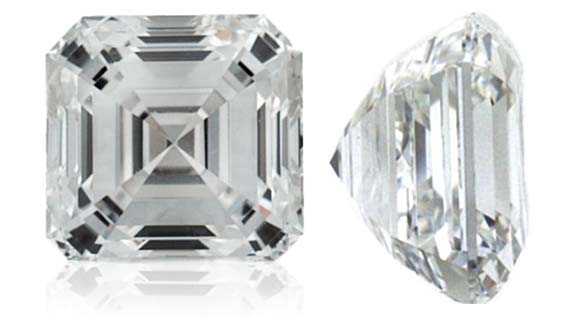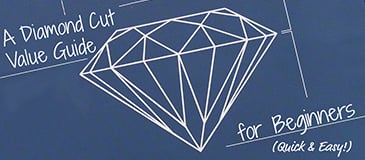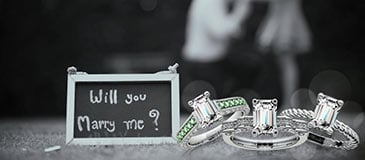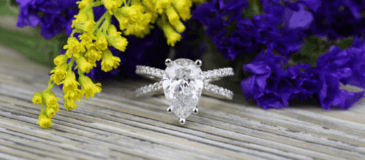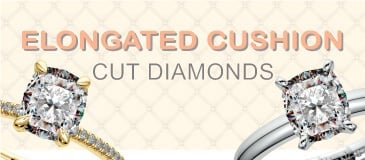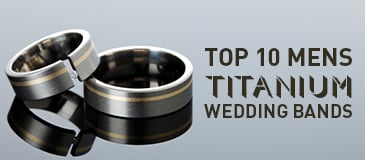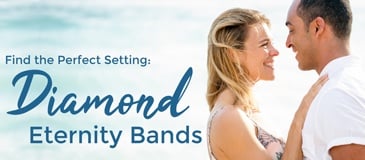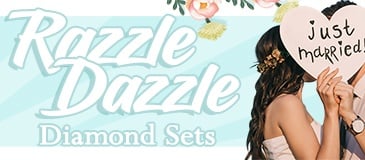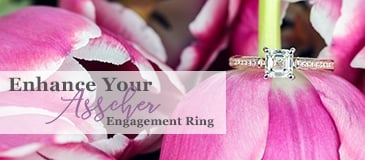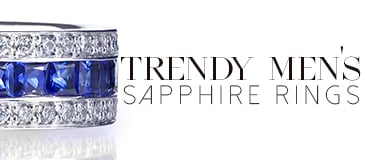Asscher Cut: Loose Diamonds vs. Set Diamonds

When purchasing a diamond engagement ring, people mostly lean toward buying diamonds that are already set, commonly referred to as preset rings or mounted diamonds, since many local stores usually have them available as a straightforward and fast, cash-and-carry option.
However, there is another choice! You can also purchase a loose diamond and have it set in a ring of your choice. Loose diamonds can be purchased according to your particular specifications. Usually, that takes a bit more time, but both situations have their pros and cons, including the investment opportunities be sure to read our guide all about investing in loose diamonds.
